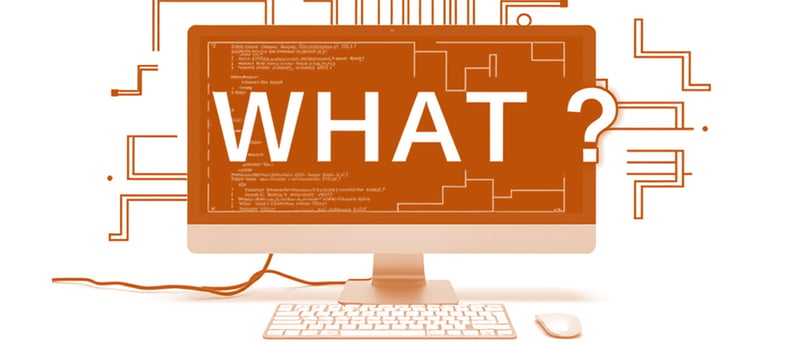What is a Computer? A Comprehensive Guide
TECHNOLOGY


What is a Computer? A Comprehensive Guide
### Introduction
A computer is an electronic device that processes data to perform various tasks. It is designed to execute instructions provided by software and can handle complex calculations, store information, and facilitate communication. Computers have revolutionized industries, businesses, education, and daily life, making them an essential part of modern society.
### History of Computers
The development of computers can be traced back to early mechanical calculating devices. The journey began with the Abacus, one of the earliest computing tools, followed by the Analytical Engine designed by Charles Babbage in the 19th century. The first modern computers emerged in the 20th century, evolving through different generations:
1. First Generation (1940s-1950s): Used vacuum tubes for processing.
2. Second Generation (1950s-1960s): Introduced transistors, making computers smaller and faster.
3. Third Generation (1960s-1970s): Used integrated circuits, improving performance and reducing costs.
4. Fourth Generation (1970s-Present): Marked by the development of microprocessors.
5. Fifth Generation (Future & Emerging Trends): Focuses on artificial intelligence and quantum computing.
### Types of Computers
Computers come in various forms to serve different purposes:
1. Supercomputers: High-performance machines used for scientific research and complex simulations.
2. Mainframe Computers: Large-scale systems handling massive data processing for enterprises.
3. Personal Computers (PCs): General-purpose computers used in homes and offices.
4. Laptops and Notebooks: Portable versions of personal computers.
5. Tablets and Smartphones: Compact, touchscreen-based computing devices.
6. Embedded Systems: Specialized computers embedded within appliances and industrial machines.
### Components of a Computer
A computer consists of various hardware and software components that work together to perform tasks efficiently:
#### Hardware Components
- Central Processing Unit (CPU): The brain of the computer that processes instructions.
- Memory (RAM & ROM): Temporary and permanent storage for data and applications.
- Storage Devices: Hard drives, SSDs, USBs, and cloud storage for data retention.
- Input Devices: Keyboards, mice, scanners, and touchscreens for user interaction.
- Output Devices: Monitors, printers, and speakers to display results.
- Motherboard: The main circuit board connecting all components.
- Power Supply: Converts electrical energy to power the computer.
#### Software Components
- Operating System (OS): Manages hardware and software resources (Windows, macOS, Linux).
- Application Software: Programs for specific tasks (MS Office, Adobe Photoshop).
- Utility Software: System maintenance tools like antivirus and disk cleanup utilities.
### How Computers Work
Computers function through a sequence of steps:
1. Input: Receiving data from input devices.
2. Processing: Performing computations and logical operations in the CPU.
3. Storage: Saving and retrieving data as needed.
4. Output: Displaying results through monitors or printers.
5. Communication: Exchanging data over networks, including the Internet.
### Applications of Computers
Computers are used in diverse fields, including:
- Business: Managing finances, marketing, and customer relations.
- Education: Online learning, research, and academic administration.
- Healthcare: Medical imaging, patient records, and robotic surgeries.
- Entertainment: Gaming, streaming, and multimedia production.
- Science and Engineering: Simulations, AI research, and space exploration.
### Future of Computers
The future of computing is driven by advancements in:
- Artificial Intelligence: Smarter machines with human-like decision-making.
- Quantum Computing: Faster processing capabilities for complex problems.
- Cloud Computing: Remote data access and storage.
- Internet of Things (IoT): Interconnected smart devices.
- 5G and Beyond: Faster connectivity for seamless communication.
### Conclusion
Computers have transformed the world by enabling efficiency, innovation, and global connectivity. As technology advances, computers will continue to shape the future, making life more convenient and productive. Understanding their components, functions, and applications allows us to appreciate their role in modern society.
